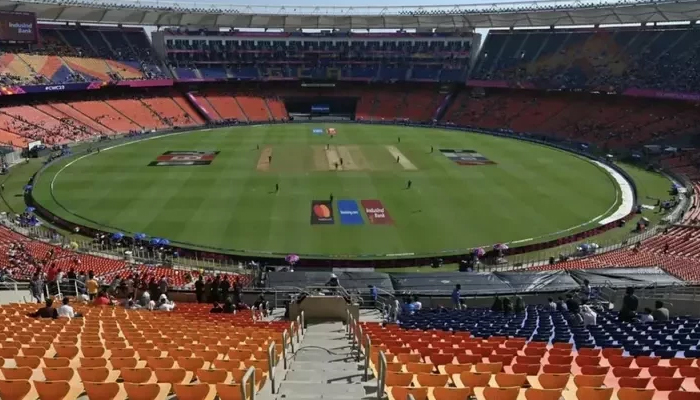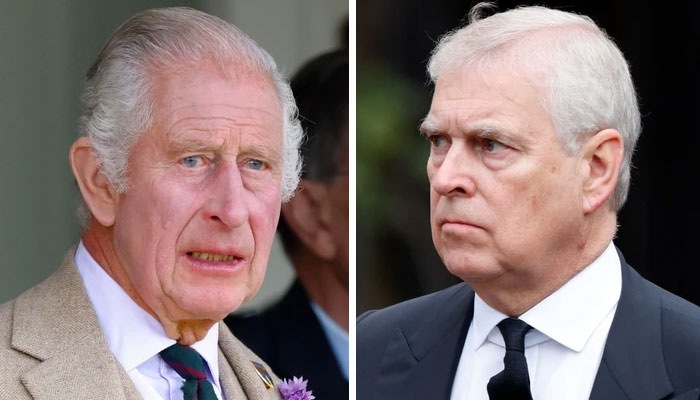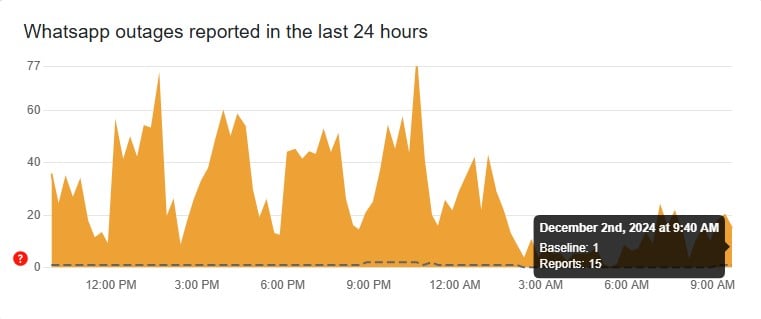Sports
Delivering clean air
字号+ Author:Smart News Source:Business 2025-01-13 07:32:35 I want to comment(0)
IN recent days, we saw economic and social life in almost all of Punjab and KP come to a standstill. The , the most populous and most urbanised province of the country and parts of KP endowed with pristine mountains has become a more serious climate crisis than the magnitude of the 2022 floods. With almost 100 million people inhaling polluted air — 10 times more toxic than WHO standards — the scale of this crisis has become a health emergency. The rain will provide temporary respite as it will help improve visibility but not permanently bring pollution levels down to healthy standards. The problem has not emerged suddenly, nor can it be resolved quickly. How can Pakistan reverse the rapidly deteriorating situation? We need to set realistic targets for 2047 to commemorate our first 100 years as a nation. The brewing challenge was recognised in 2014, by a Air Quality in Pakistan: A Review of the Evidence, revealing that Pakistan’s urban air pollution ranked among the worst globally, and significantly exceeded international limits. The report showed that air pollution contributed to approximately 235,000 premature deaths and over 80,000 hospital admissions annually. The air quality by up to 2.7 years across Pakistan. It seems that the report in 2014 was predicting the newspaper headlines of November 2024. The problem of pollution has not emerged suddenly, nor can it be resolved quickly. The warnings were ignored by policymakers, even though the study also pointed out that air pollution was costing up to 6.5 per cent of GDP annually. Healthcare expenditures amount to $47.7 billion (about 5.8pc of GDP), while lost labour output reaches $6.6bn. The cost of environmental degradation at the time was estimated at Rs365bn annually. Given the gravity of the challenge, the study set a target of 70pc reduction in air pollutants by 2030 and 81pc by 2040. These goals required coordinated interventions across transportation, industry, agriculture, and waste management sectors, supported by strengthened institutional capacity and regulatory frameworks. The Lahore High Court’s Smog Commission (2017) and the Judicial Water & Environment Commission (2019), could not persuade the provincial government to bring the issue to the forefront. Ironically, it was only in March last year that the was approved. Within a month, it was followed by the Punjab’s Clean Air Plan. Both NCAP and PCAP have shifted the signposts: achieving a 38pc reduction in PM2.5 emissions by 2030, compared to baseline levels, and to 81pc by 2040. In reality, a credible scientific baseline still does not exist. The policies’ effectiveness is further compromised by limited air quality monitoring infrastructure. While Punjab has begun to install such infrastructure, Balochistan, KP, Sindh, and Gilgit-Baltistan lack monitoring networks entirely. Several complex factors drive this crisis. Some developing countries have used the following five framework principles to orient their policy on clean air: adaptation and mitigation are intrinsically linked. We need to bust the myth that as a developing country, emissions reduction or mitigation is not our priority, and only adaptation is. The present air pollution crisis is proof that it is perilous for Pakistan to ignore mitigation measures. policies are for implementation. Starting with the National Environment Policy (2005), a stack of policies have highlighted the need for ambient air quality. Despite several trillion rupees worth of PSDP, air quality hardly received any investments. Further, the policies beg implementation, not a downward revision of targets. NCAP and PCAP have both relaxed air quality parameters that fall behind the WHO’s 2021 guidelines. No reasons are offered for lowering standards. By reverting to pre-2021 WHO interim targets, Pakistan has effectively loosened the existing National Environmental Quality Standards from 2013. Some experts believe that it will potentially raise PM2.5 levels by more than 50pc. Regrettably, some functionaries are now also arguing for reducing the ambitions of Nationally Determined Contributions (2021). Instead of assessing the barriers for its slow implementation, an important thought leader has recently stated that NDC 2.0 has “unrealistically high ambition”. In reality, the NDCs still lack an implementation plan, costing, or a secretariat to monitor its progress. Far from scaling down its sovereign commitments, Pakistan needs to scale up climate action for a convincing narrative for greater access to climate finance. align with global trends. The present crisis provides Pakistan an opportunity to join the global drive for decarbonisation, now gaining new momentum after Donald Trump’s announcement of . This is the right time for Pakistan to commit to . At this time, about 75pc of states have set net-zero targets accounting for 98pc of global GDP and 88pc of greenhouse gas emissions. The list includes our neighbours Bangladesh, China, India and the Maldives. This decision can serve as a compass for the direction of our journey. decentralised clean air plans and engaging stakeholders. Technical capacities as well as willingness exists in academia, think tanks, start-ups, and the private sector to engage in data generation, map emissions hotspots, deliver research analytics and carry out advocacy campaigns. This is particularly important as the data generated by the government is expensive, delayed, and unusable. The Punjab government can give legitimacy to independent datasets and spearhead their environmental data generation. with the government of Indian Punjab. Air quality is a transboundary issue, even if crop-burning is a small contributory factor. A dialogue is needed for cleaner air on both sides of the border, and for early closure of two coal-fired power plants closer to the border: Guru Hargobind Thermal Plant and Guru Gobind Singh Super Thermal Power Plant. The agenda and purpose, however, has to be collaborative rather than accusatory. Finally, the 18th Amendment has not clearly delineated all environmental issues. The provinces can agree with the federal government to firewall Rs1.28tr to be collected as petroleum levy for urban transportation, pre-agree on the quality of imported fuel and vehicles, agree on subsidies and incentives for energy transition for two and three-wheelers away from combustion engines, and fast-track the phasing out of rickshaws. Afterall, 2047 is only 23 years away.
1.This site adheres to industry standards, and any reposted articles will clearly indicate the author and source;
 Related Articles
Related Articles-
‘Our stance is clear’: PCB chief adamant on holding Champions Trophy 2025 in Pakistan
2025-01-13 05:59
-
Swabi people end protest as cut in power outages promised
2025-01-13 05:51
-
Two die, 26 injured in fog-related road crashes in Punjab
2025-01-13 05:40
-
Hindu pilgrims return to India
2025-01-13 04:59
 User Reviews
User Reviews Recommended Reads
Recommended Reads Hot Information
Hot Information- Sindh Moorat march in Hyderabad seeks equal opportunities for transgenders
- Three abducted from petrol pump in Ubauro
- Pilac announces recipients of book award
- ‘Broken’: Domestic violence impacts women, children in Gaza
- In north Gaza, Palestinians plead to be evacuated
- Hat-tricks for Naeem and Samiullah
- Education ministry mulls options to generate funds for new schools in Islamabad
- Experts urge action to break link between unhealthy food, non-communicable diseases and poverty
- RCCI organises Belgian business contact day, catalogue exhibition
 Abont US
Abont US
Follow our WhatasApp account to stay updated with the latest exciting content













